Memory of Kazimierz Głazek
Mieczysław Borowiecki
Faculty of Mathematics, Computer Science and Econometrics
Podgórna 50, 65-246 Zielona Góra, Poland
Kazimierz Głazek (1939-2005)
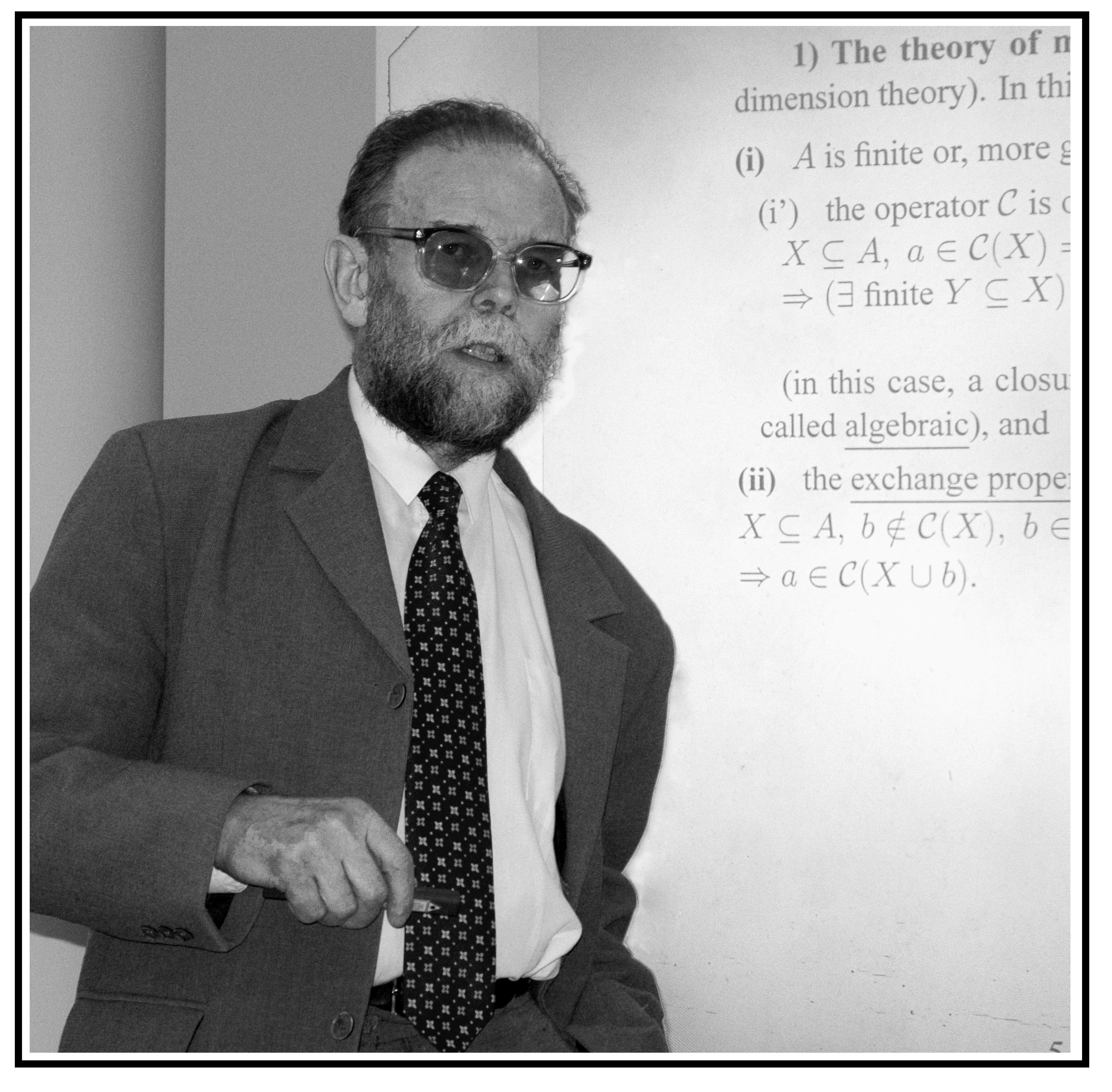 Professor Kazimierz Głazek was born in Warsaw on 20 February 1939.
He graduated from the University of Wrocław in 1962, but the beginnings
of his research work go back to 1960, when in his third year of studies
he submitted a paper in the Marcinkiewicz Competition (organized by the
Polish Mathematical Society (PTM)) and was awarded the 3rd prize. He again won the 3rd
price in the same competition for another paper in 1962.
Professor Kazimierz Głazek was born in Warsaw on 20 February 1939.
He graduated from the University of Wrocław in 1962, but the beginnings
of his research work go back to 1960, when in his third year of studies
he submitted a paper in the Marcinkiewicz Competition (organized by the
Polish Mathematical Society (PTM)) and was awarded the 3rd prize. He again won the 3rd
price in the same competition for another paper in 1962.
In July 1962 he took up a post as a research and teaching assistant at Wrocław University. He earned a Ph.D. in mathematics from the same university on 28 June 1969. In July 1992 he was awarded the postdoctoral dr hab. degree by Warsaw University of Technology. He continued to work at Wrocław University until the end of September 1993, and in October of that year he started working at Zielona Góra (Higher School of Engineering, Zielona Góra Technical University, University of Zielona Góra), where I first met Kazik in person. Previously I had known him above all as the author of the superb paper 'Some old and new problems in the independence theory' (Colloq. Math., 42 (1979), 127-189). I still remember our first handshake, strong and masculine. His hand clamped around mine like a vice. At that time I did not know about Kazik's great achievements as a climber of the world's highest mountains, about the formidable strength of his hands, about his amazing fortitude, or about how much he demanded of himself as well as of his co-workers and students. Unfortunately even his closest disciples fell short of the expectations. Not enough spirit.
What kind of person was Kazik? To answer this is a difficult task indeed. I knew him for just a dozen years and what I am going to write about him is but a fraction of what one could say (even if focusing only on the period when I knew him). I will start from algebra, to which he devoted all of his research work.
Professor Głazek was a world-known specialist in the field of broadly defined general algebra. One can identify several main themes around which his research revolved, namely:
| (1)
|
| (2)
|
| (3)
|
| (4)
|
He published about 70 research papers and a few books.
His book Ä Guide to the Literature on Semirings and their Applications
in Mathematics and Information Sciences" (Kluwer Acad. Publ., 2002)
brought him a prize awarded by the Minister of National Education
and Sport and earned him great appreciation from the community of specialists in the field.
Anothermonographic work, Modules over Semirings,
devoted to related subject matter, was published
by the Ukrainian publishing house Alma-Mater.
A few words should be said about ``A Basic Course on General Algebra", a book he co-authored with I. Chajda, published in 2000 by Zielona Góra Technical University. The book was rated very highly by specialists and is in use at several universities in Europe and Asia as a basis of postgraduate monographic lectures on universal algebra.
His thorough knowledge of the literature on semiring theory and hisresults in independence theory resulted in a steady flow of invitations forKazik to deliver lectures at some prestigious conferences, such as the Algebra and Related Topics conference in Hong Kong, which accompanied the International Congress of Mathematicians ICM-2002 (China). Throughout his time at Zielona Góra he keenly fostered cooperation with many academic centres abroad. Some of the cooperation projects emerged from Kazik's attendance at conferences or study visits (e.g. Belgium, Canada, CzechRepublic, Germany, Israel, Mexico, Pakistan, Russia). Papers at hisseminars were read by algebraists of international renown, such asR. Wille and P. Burmeister of Darmstadt, K. Denecke and H-J. Vogel ofPotsdam, S. Cohen of Glasgow, I. Chajda of Olomouc, J. Koppitz of Halle, H. Kaiser and G. Eigenthaler of Vienna, J.S. Golan of Haifa, A.V. Mikhalev, S.T. Glavatsky, and V.A. Artamonov of Moscow, and V. Sushchanskyand V. Kirichenko of Kiev.
In June last year Kazik delivered a talk to a faculty seminar. I took a few photos on that occasion, one of which I have included in this tribute.
Kazik saw two of his students, whose Ph.D. theses he supervised, get their doctorates from the University of Zielona Góra. A third one was about to defend his thesis.
Kazik was editor-in-chief of Discussiones Mathematicae - General Algebra and Applications since the launch of the journal in 2000. Before that, from 1995 to 1999, he was editor responsible for the algebraicpart of Discussiones Mathematicae - Algebra and Stochastic Methods.
He was also a member of the editorial committees of three foreign-based international journals. He refereed papers submitted for publication in many research journals in Poland and abroad, and from 1975 onwards he wasa regular reviewer for Mathematical Reviews (AMS).
His other great love, in addition to algebra, were mountains. Let me first quote Walery Eljasz:
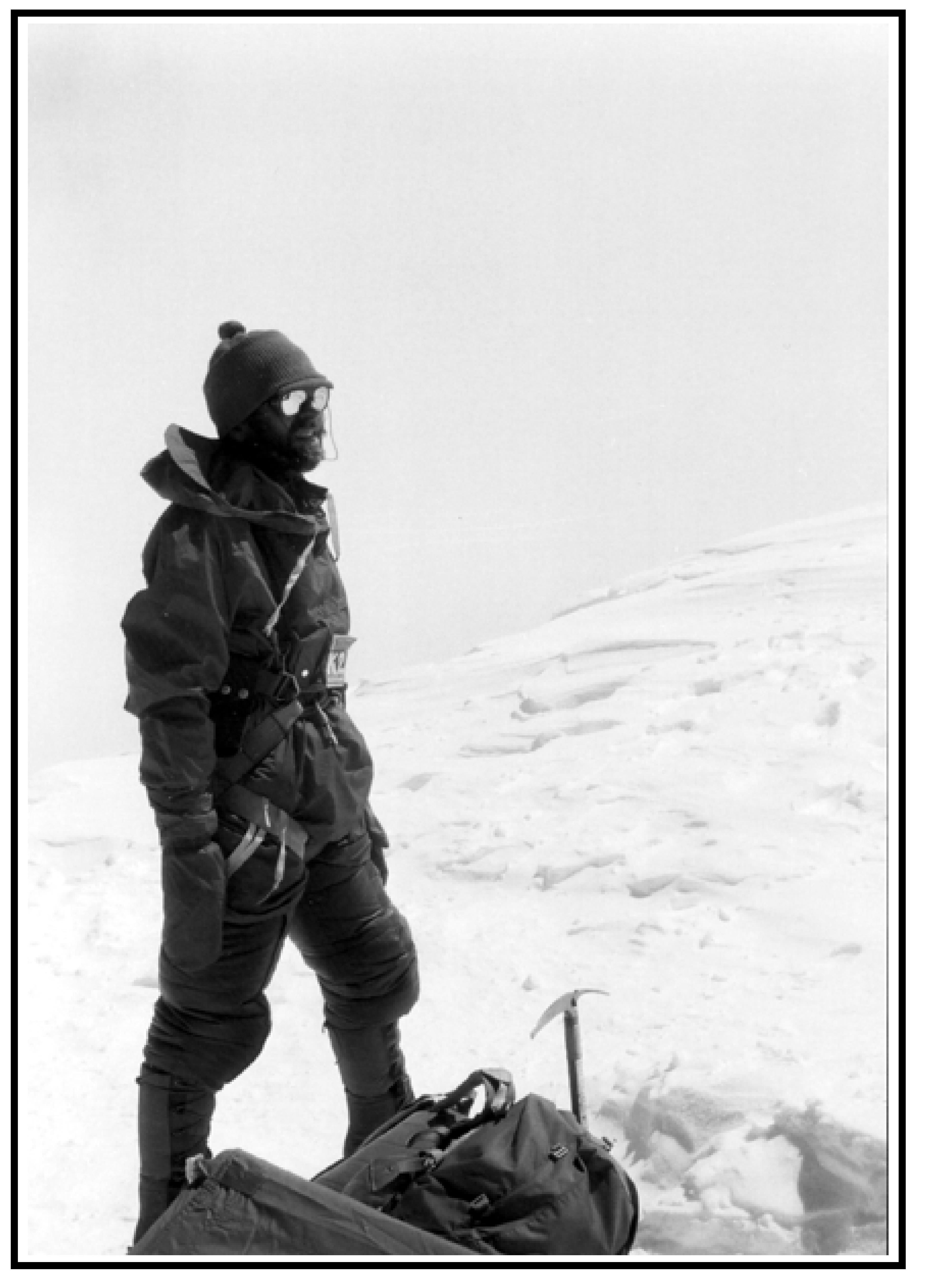 "So what is it about the
Tatras that is so marvellously attractive, that makes one
long for them like for one's sweetheart? What is the force
that lures to the mountains people of every walk of life,
temperament, sex, or age? Scholars, scientists, artists,
poets, and lovers of nature come to the Tatras as if it
were a treasury of wonders and go back under a spell
incomprehensible to those who have not been there."
"So what is it about the
Tatras that is so marvellously attractive, that makes one
long for them like for one's sweetheart? What is the force
that lures to the mountains people of every walk of life,
temperament, sex, or age? Scholars, scientists, artists,
poets, and lovers of nature come to the Tatras as if it
were a treasury of wonders and go back under a spell
incomprehensible to those who have not been there."
W. Eljasz, Ilustrowany przewodnik do Tatr, Pienin i Szczawnic [An Illustrated Guidebook to the Tatras, the Pieniny Mountains, and Szczawnica, 1870]
Kazik started climbing in the Tatras in 1957. With his brother Jerzy and others he climbed new routes on the rock faces of Zadni Mnich, Koprowy Wierch, and Rysy. He also made many first winter ascents on Mnich, Kazalnica, Ni\.znie Rysy, and Ganek. No stranger to caving, he had some achievements in that field, too, such as the discovery of new corridors in Czarna Jaskinia in 1962. He wrote a number of articles on mountaineering during that period.
He then went on to climb in the Alps, where he opened some new routes. In 1972 and 1974 he was in the Pamir Mountains, climbing Pik Komunizma (7483 m) twice, by two different routes. In 1975 he took part in the first ascent of Falchan Kangri (Broad Peak) Middle in the Karakoram, the first over-eight-thousand-metre summit (8016 m) to be climbed by Poles.
In 1976, he and Z.A. Heinrich reached the altitude of 8100 metres without oxygen when trying to open a new route to the summit of K2, the second tallest mountain in the world.
Although the expedition did not make it to the top of the peak, the new route reached easy terrain some 200 metres below the summit, and its difficulties were all but solved. The Polish expedition made a lasting contribution to the mountaineering conquest of the 'mountain of mountains'.
In 1981 Kazik climbed a new route on the north-west face of Mt. Sir Douglas in the Canadian Rockies. Between 1985 and 1987 he took part in several Himalayan expeditions.
His accounts of expeditions to the various mountains of the world were published in Polish and international mountaineering journals and in book-form collections of articles about Polish mountain climbing expeditions.
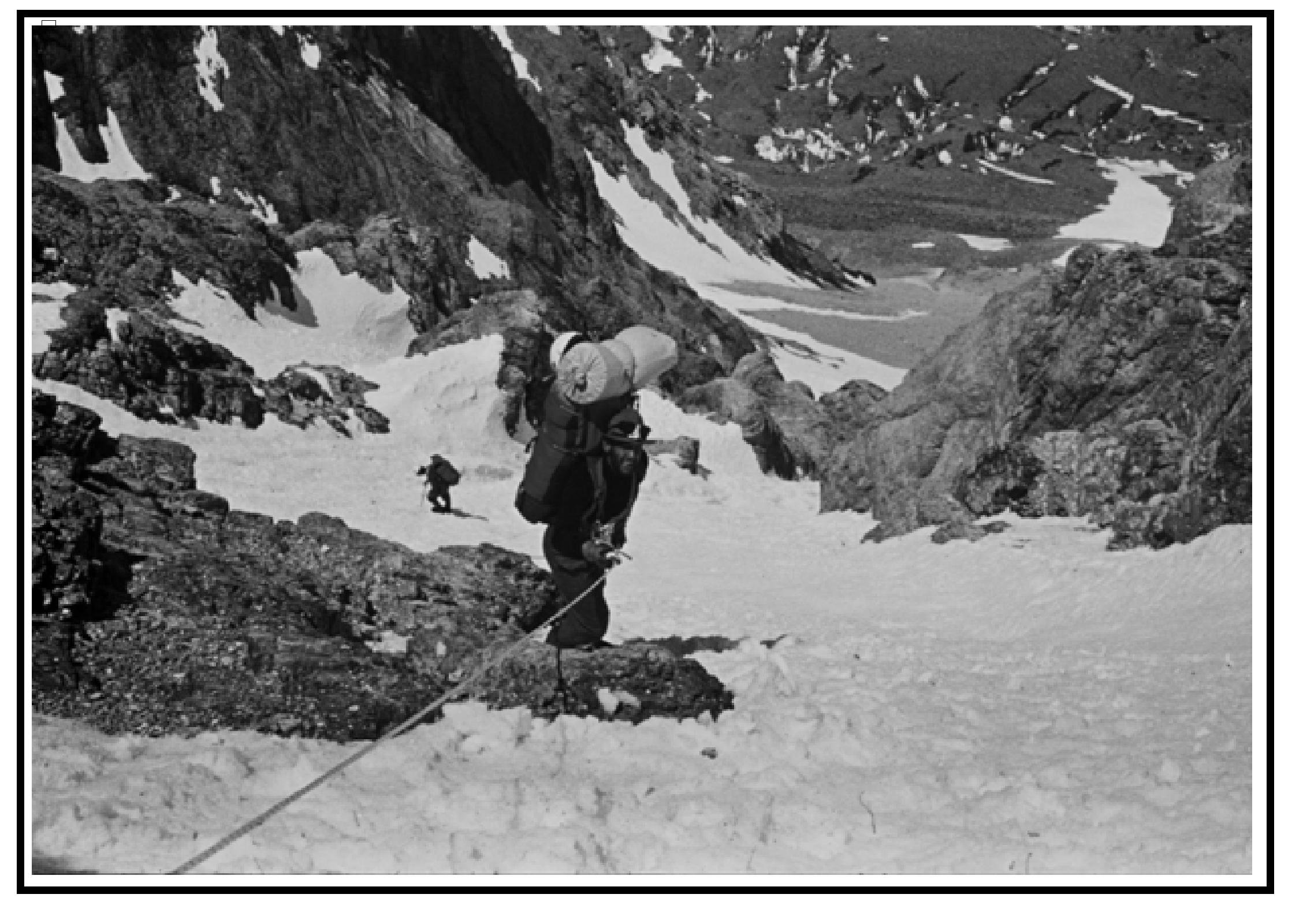
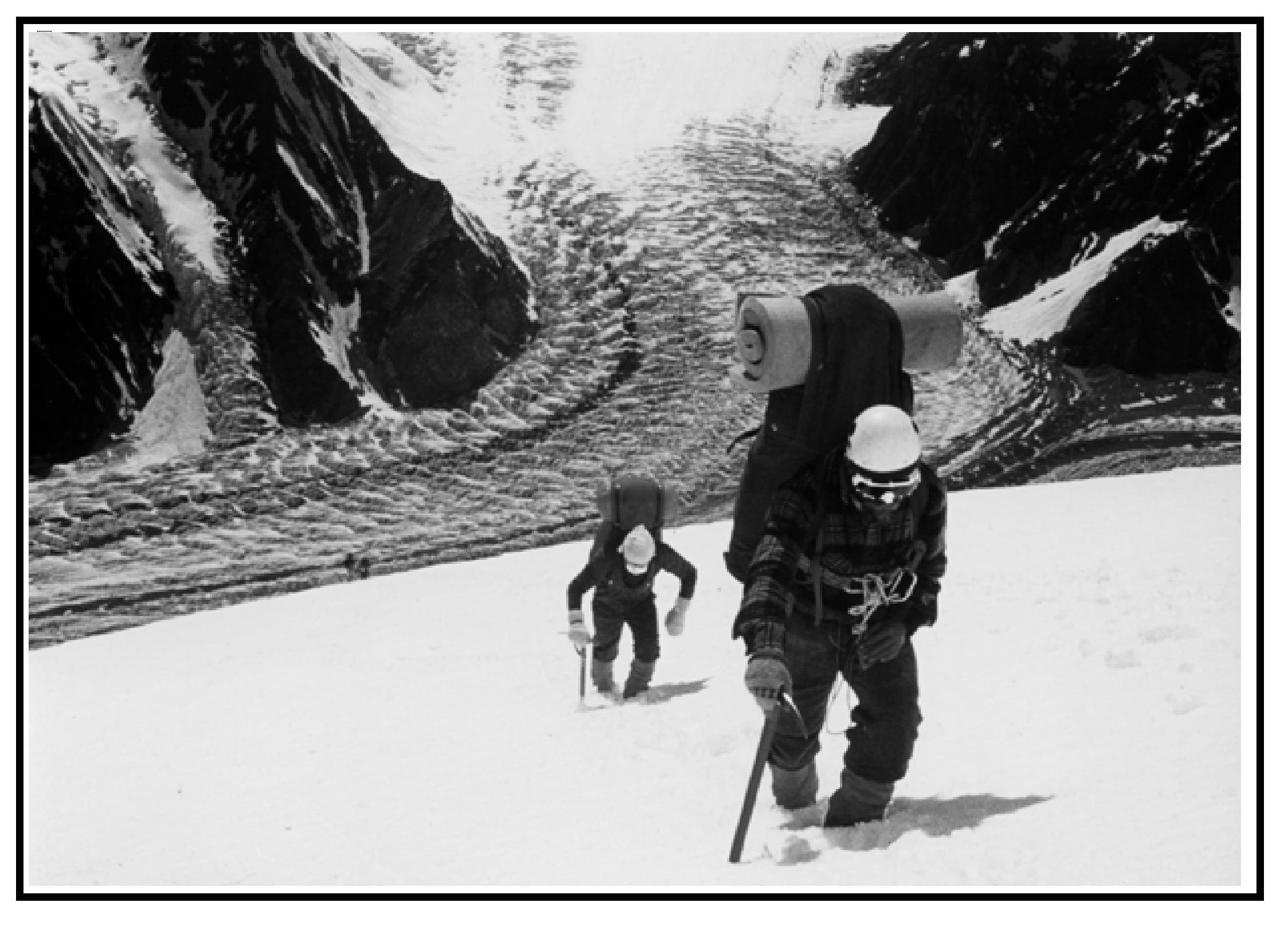
I would like to conclude this brief tribute with the words of father Jan Twardowski
(Magazyn Literacki 4/1999):
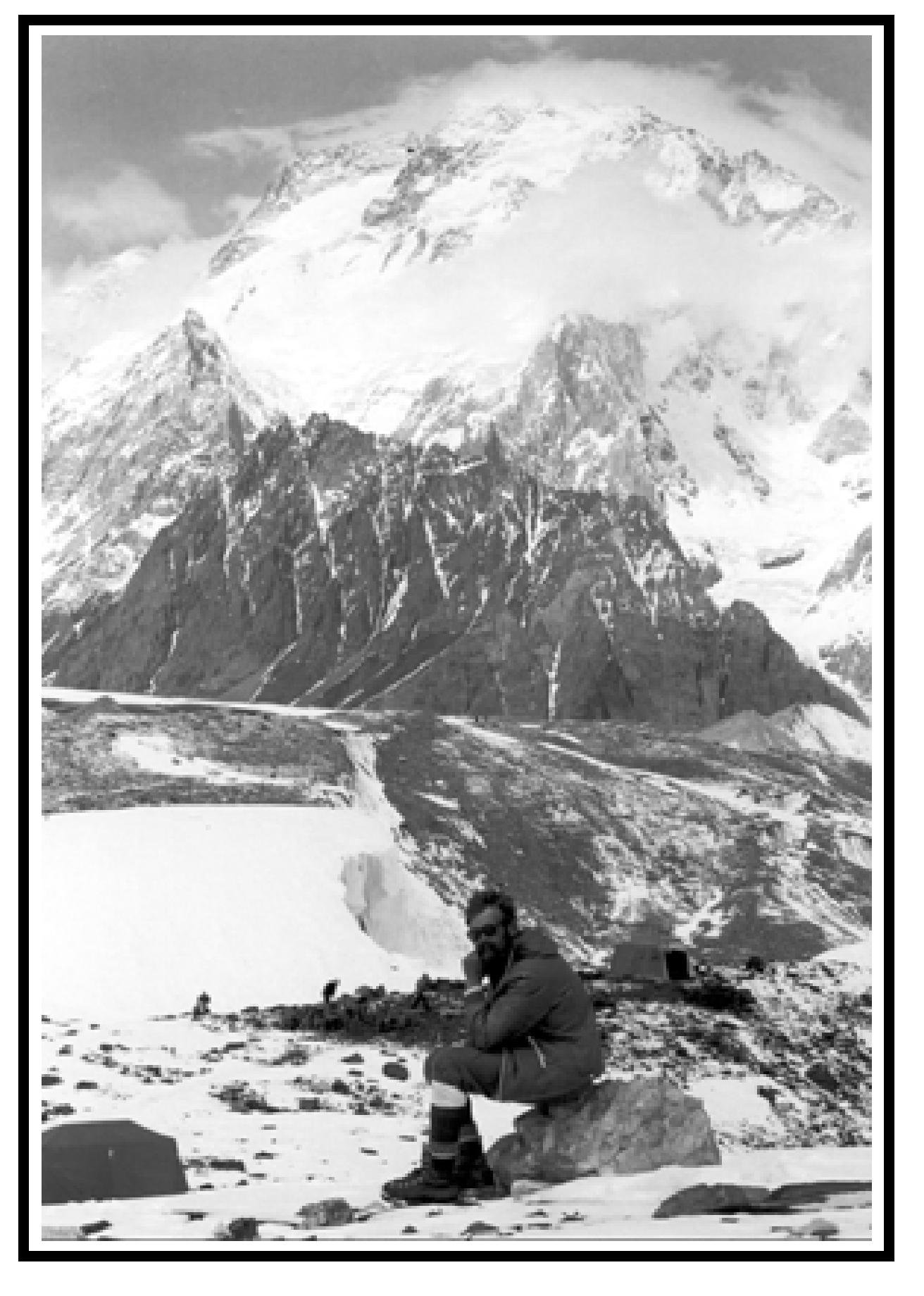 |
Ïn today's world there is too much ... intelligence of despair. Evil is dangerous,
but it compromises itself. Horrible things become funny; that, too, is a subject of that smiling attitude.
Good is not noticed; it is not appreciated, but it never compromises itself,
and it grows in value with time. (...)" That unnoticed good which Kazik gave us will be missed. Only memories will remain. |
The author has used the following additional sources:
References
| [1] | Zofia Radwańska-Paryska and Witold Henryk Paryski, Wielka Encyklopedia Tatrzańska [The Great Tatra Encyclopaedia], Poronin: Wydawnictwo Górskie, 2004. |
| [2] | W górach wysokich [In the High Mountains], a compendium of information on Polish mountaineering expeditions edited by Kazimierz Saysse-Tobiczyk, Warszawa: WP, 1985. |
Close